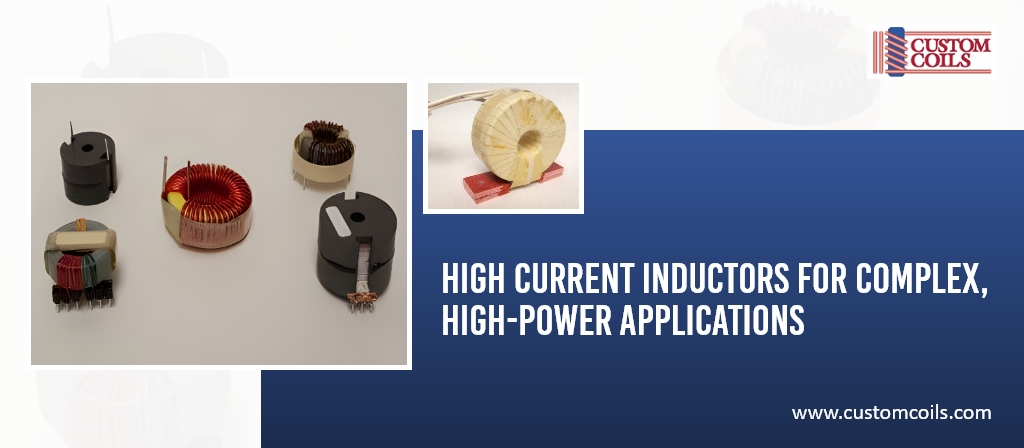With the demand for seamless electricity and growing renewable energy integration, the need for efficient power management solutions becomes more important. High current inductors are one of them. They are vital components of modern power transmission and distribution systems, improving power quality while reducing losses and stabilizing voltage levels. These inductors protect infrastructure and enhance the overall grid performance by controlling current surges and minimizing electromagnetic interference. Considering their importance, designing high current inductors with precision and reliability is crucial. Now, you may ask how to design high current inductors efficiently. This post discusses this topic. So, stay tuned.
Several factors must be considered when designing high-current inductors for power transmission systems. Here are some of them. If you need high current inductors for complex high-power requirements, you must consult a reliable player in the electrical inductors segment. Custom Coils stands tall among its competitors. The experts at the company will assist you throughout the process, from designing to the manufacturing capabilities of the inductors. They also offer custom inductors to meet the challenging demands of your specific applications. For any further information, you can contact them at 605.934.2460 or via email at sales@customcoils.com.

Key Design Elements for High Current Inductors

- Home
- Company
- Services
- Products
- High Voltage Transformers
- Switchmode Transformers
- Flyback Transformers
- Trigger Pulse Transformers
- Step Up/Down Transformers
- Power Transformers
- Toroidal Transformers
- Antennas and Air Coils
- Down Hole Applications
- DC Igniters
- High Current Inductors
- Custom Manufacturing
- Hydrogen Coils
- Control Transformers
- Inverter Transformers
- Low Profile (LPC) Transformers
- Ferrite Transformer
- Pulse Transformers
- Single Phase Transformer
- Specialty Transformers
- Isolation Transformer
- Surface Mount Transformer
- Toroidal Inductor
- Air Core Inductors
- Ferrite Inductors
- Power Inductors
- Surface Mount Inductors
- Applications
- How to
- Blog
- FAQ
- Contact Us
Precious Lite 2023 | All Rights Reserved. Precious Lite theme by Flythemes
